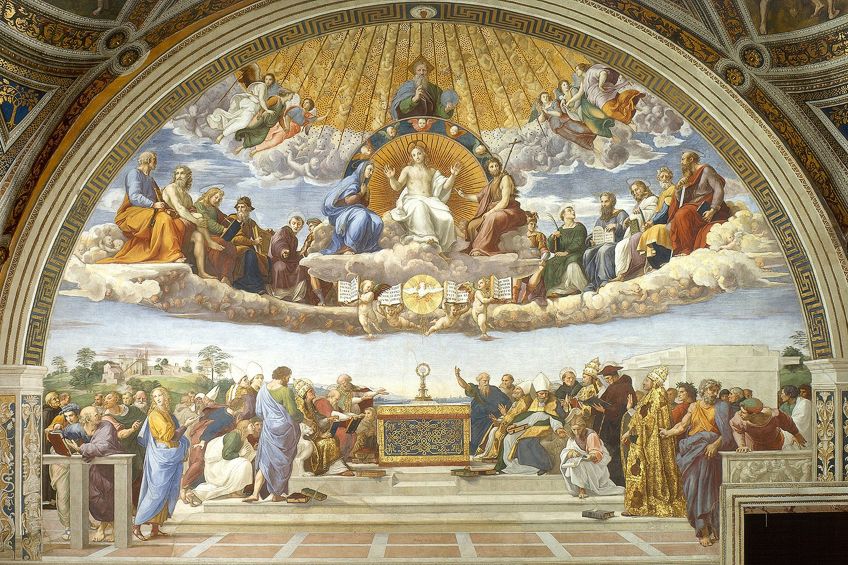providencemarianwood.org – The Renaissance, a period of extraordinary cultural, intellectual, and artistic revival in Europe between the 14th and 17th centuries, marked a profound transformation in the way people thought about the world and themselves. Originating in Italy, this movement gradually spread across the continent, leaving an indelible mark on the course of Western civilization. The term “Renaissance” itself, derived from the French word “renaître,” meaning “to be reborn,” aptly captures the essence of this era: a rebirth of culture and ideas that had been largely dormant during the Middle Ages.
The Cultural Rebirth
At the heart of the Renaissance was a renewed interest in the classical art, literature, and philosophy of ancient Greece and Rome. Scholars and artists of the Renaissance sought inspiration from these ancient civilizations, believing that they held the keys to beauty, wisdom, and truth. This rediscovery of classical knowledge was facilitated by the invention of the printing press in the 15th century, which made books more accessible and less expensive, thereby democratizing knowledge.
The Renaissance also witnessed a shift in the way individuals viewed themselves and their place in the world. The medieval worldview, which emphasized the collective and the afterlife, gave way to a more human-centered perspective, known as humanism. Humanists believed in the potential of individuals to achieve greatness through their own efforts, rather than solely through divine intervention. This newfound confidence in human capabilities was reflected in the art, literature, and architecture of the period, which celebrated human beauty, intellect, and creativity.
The Artistic Revolution
The Renaissance produced some of the most celebrated artists in history, including Leonardo da Vinci, Michelangelo, and Raphael. These artists broke away from the stylized conventions of medieval art, striving instead for realism and naturalism. They developed new techniques, such as perspective and chiaroscuro, to create the illusion of depth and volume on a two-dimensional surface. The human figure became the central subject of Renaissance art, often depicted in idealized form to reflect the beauty and dignity of the human body.
Architecture, too, underwent a renaissance, with architects like Filippo Brunelleschi and Andrea Palladio drawing inspiration from the harmonious proportions and geometric forms of ancient Roman buildings. The dome of Florence Cathedral, designed by Brunelleschi, and Palladio’s Villa Rotonda are prime examples of Renaissance architecture, characterized by their symmetry, balance, and aesthetic appeal.
The Scientific and Intellectual Awakening
The Renaissance was not limited to the arts; it also sparked a revolution in science and intellectual inquiry. Figures such as Nicolaus Copernicus, Galileo Galilei, and Johannes Kepler challenged prevailing beliefs about the cosmos, proposing new theories that would eventually lead to the Scientific Revolution. The Renaissance also saw the emergence of the modern university, where scholars could study a wide range of subjects, from theology to astronomy.
The Legacy of the Renaissance
The Renaissance left a lasting legacy on Western culture, shaping the development of modern science, art, and philosophy. It fostered a spirit of inquiry and innovation that continues to influence the way we think about the world. By rediscovering the wisdom of the past and combining it with the insights of the present, the Renaissance demonstrated the power of human creativity and the enduring quest for knowledge.
In conclusion, the Renaissance was more than just a rebirth of culture and ideas; it was a reaffirmation of the human spirit’s capacity for greatness. It taught us that by looking to the past, we can better understand the present and shape the future. The Renaissance remains a testament to the enduring legacy of human achievement and the transformative power of ideas.
